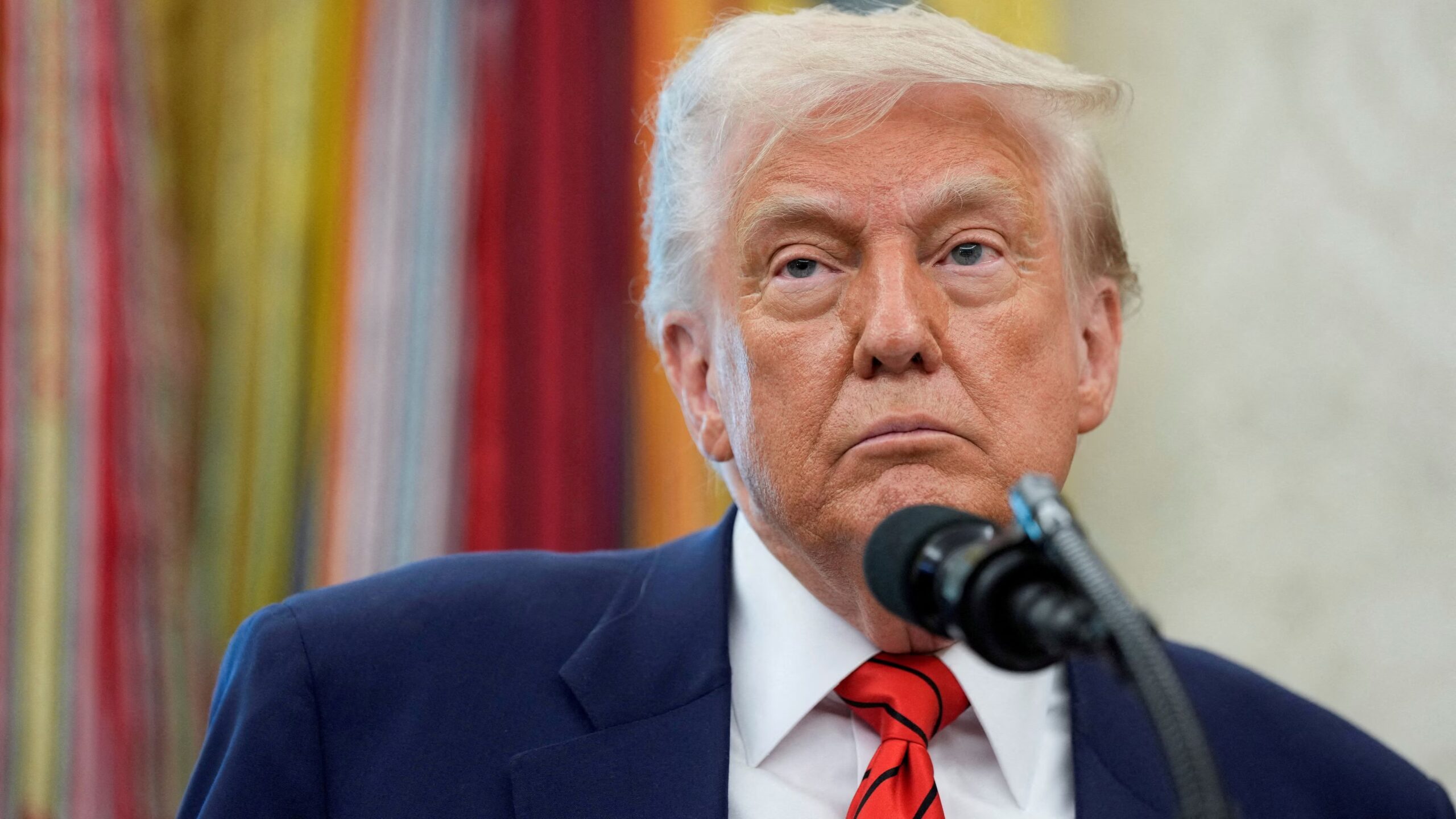
President Donald Trump signed a directive Tuesday aimed at tightening scrutiny of pharmaceutical advertising, both on television and social media. The administration accuses drug companies of misleading consumers about medications and downplaying side effects.
New Enforcement Measures
The order tasks the Department of Health and Human Services (HHS) and other agencies with enforcing existing rules more aggressively. Current regulations require that ads avoid creating a “misleading impression” and present a “fair balance” of risks and benefits, but officials say oversight has been lax in recent years.
FDA officials plan to issue around 100 cease-and-desist letters and thousands of warnings to drug companies, citing examples such as a Super Bowl ad for weight-loss drugs that critics said failed to disclose risks.
The crackdown will also extend to social media influencers who promote drug products without providing disclosures or risk information, effectively bypassing existing advertising rules.
The FDA will draft new regulations to close a provision dating back to 1997 that allowed companies to present only a brief summary of side effects in ads, so long as consumers were directed elsewhere for more details. Officials argue that this loophole fueled a boom in TV ads by making shorter commercials possible.
“Absolutely the ads will need to be longer,” one senior official said, signaling stricter disclosure requirements in the future.
Industry Pushback
The Pharmaceutical Research and Manufacturers of America (PhRMA), a trade group, defended direct-to-consumer advertising, calling it a source of valuable information for patients.
“Truthful and non-misleading DTC advertising is protected under the First Amendment and has documented evidence of advancing patient awareness and engagement,” said Alex Schriver, PhRMA’s senior vice president.
This is not Trump’s first effort to rein in drug ads. During his first term, a federal judge blocked a proposal requiring drug makers to list prices in TV ads, ruling that HHS had exceeded its authority.
Despite regulatory hurdles, pharmaceutical advertising remains a lucrative business. Drug makers spent $5.15 billion on national TV ads in 2024, and nearly $3 billion in the first half of 2025, accounting for 11.1% of total TV ad spending.
What The Author Thinks
Cracking down on misleading drug ads is long overdue. For years, pharmaceutical companies have pushed glossy TV spots that minimize risks and flood social media with influencer promotions disguised as personal endorsements. Trump’s directive may slow down the worst abuses, but unless it goes further — such as requiring plain-language disclosures and tighter oversight on digital platforms — drug ads will continue to prioritize sales over patient safety.
Featured image credit: Heute
For more stories like it, click the +Follow button at the top of this page to follow us.
